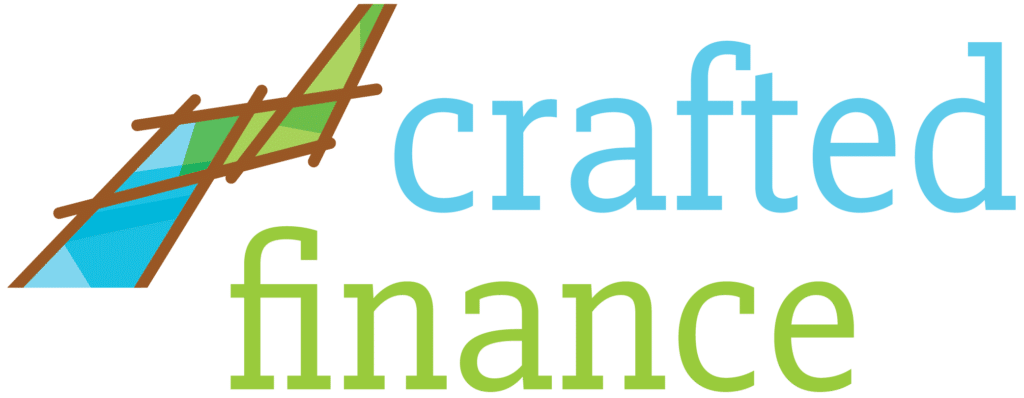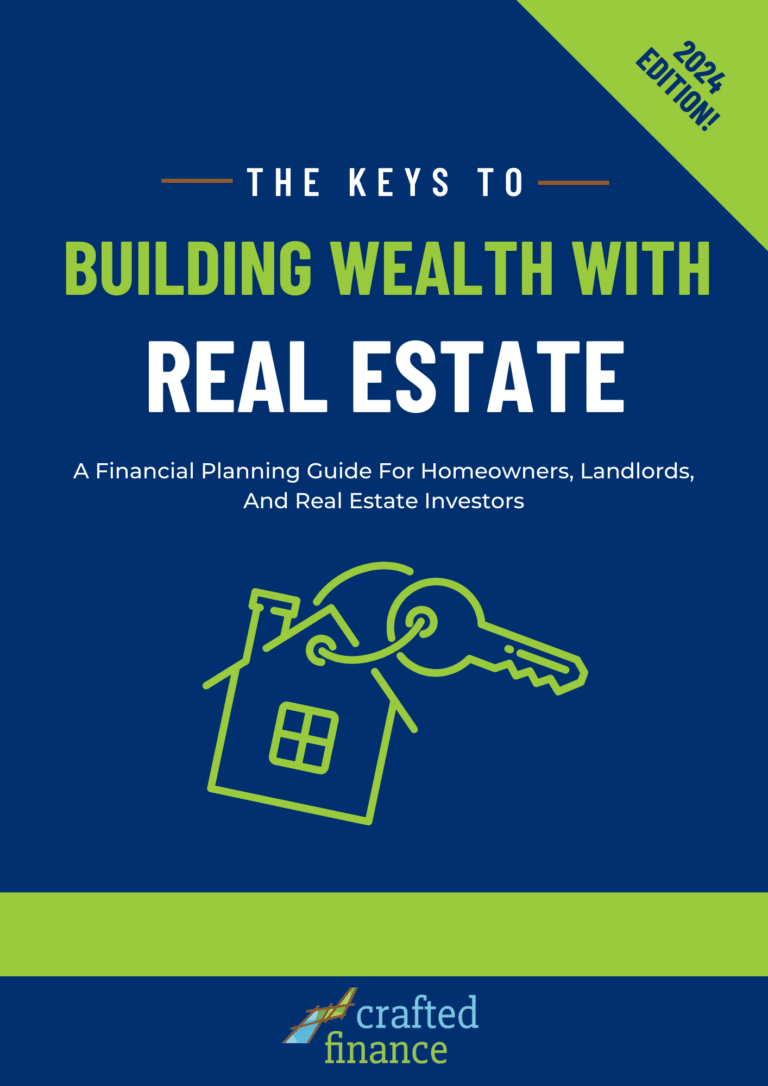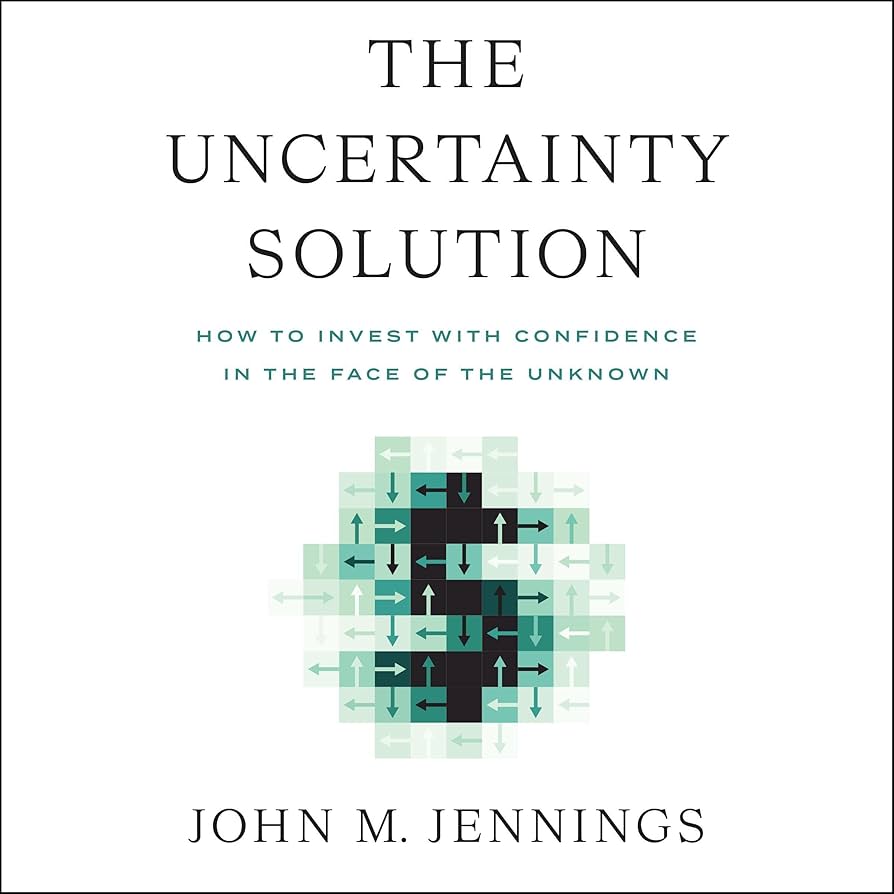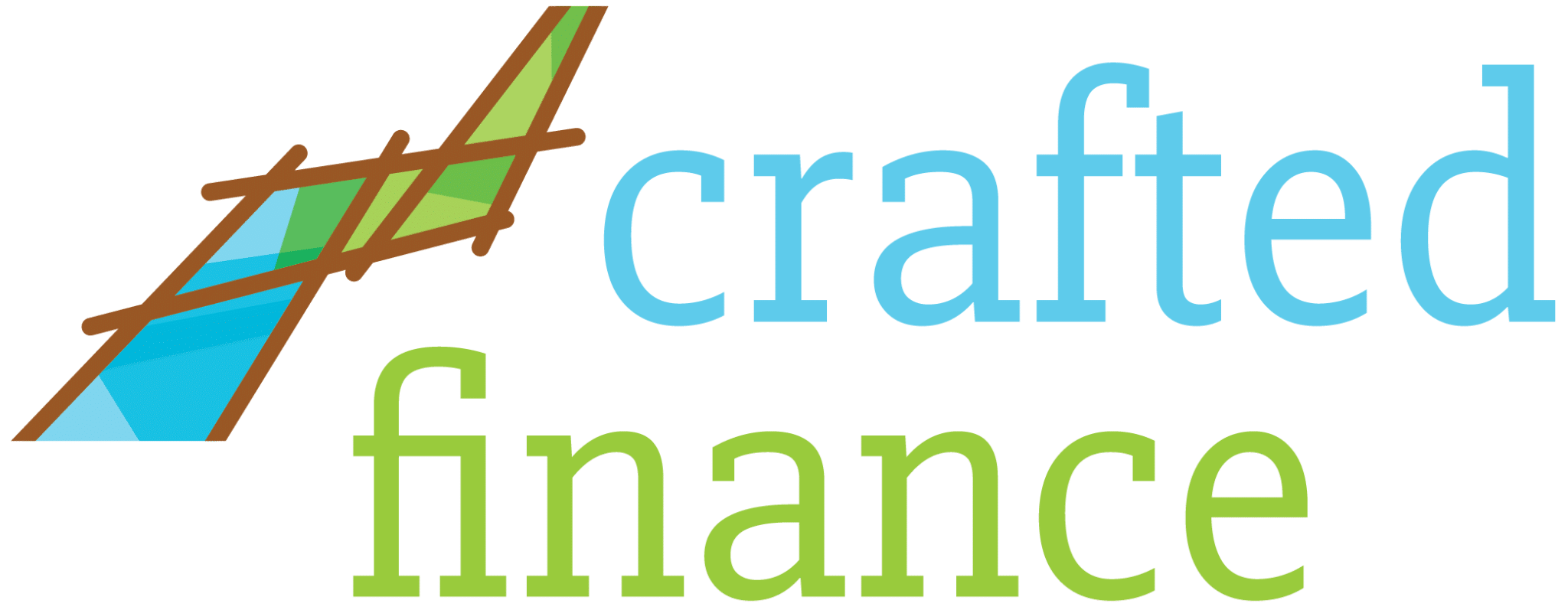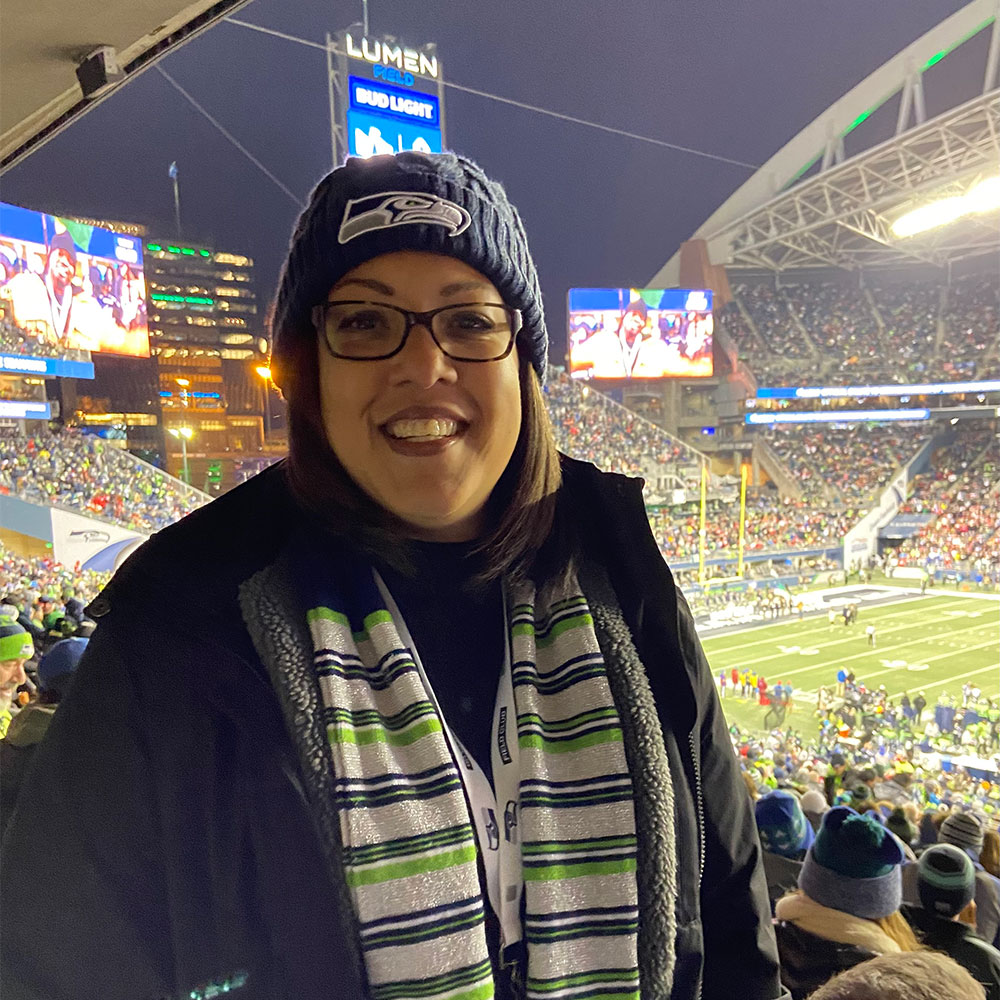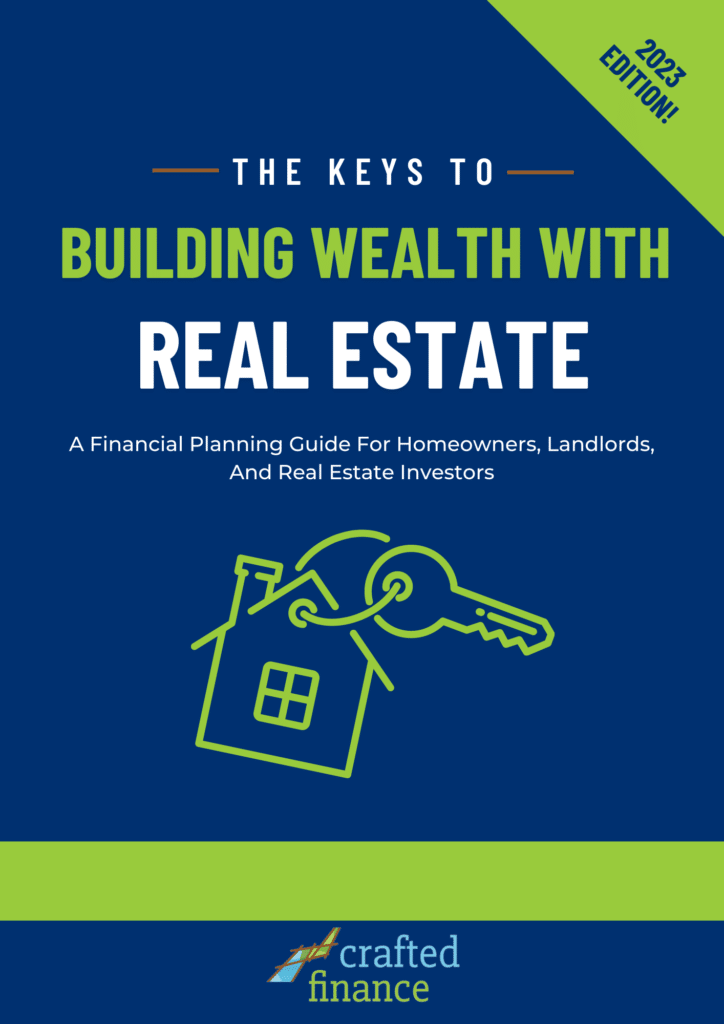Refinancing your mortgage can be an attractive option if you’re a homeowner. However, to know if this is an option worth exercising, it’s important to first understand how refinancing a home works as well as the benefits (and detriments) it holds for you.
In this article, you’re given a comprehensive guide to understanding a home refinance. You’ll learn what a home refinancing is, how it works, what it’s used for, and how you can move forward with one of your own.
What Does Home Refinancing Mean?
Home refinancing is the process of using a new loan to pay off a mortgage that already exists. It offers the opportunity to secure a lower interest rate, shorten or lengthen your loan term, or tap into the equity you’ve already built in your property. For people > age 62, it can even mean reversing the amortization away from paying off the loan.
Common Refinancing Misconceptions
Refinancing your home can be a savvy financial decision, but it’s critical to understand what you’re truly getting into. Unfortunately, there are many misconceptions about refinancing that can cause confusion and deter you from exploring this option properly.
Only People in Financial Trouble Refinance: This is a common myth, but people refinance for many reasons, including reducing their monthly mortgage payment, switching from an adjustable-rate mortgage to a fixed-rate loan, or tapping into their home’s existing equity. We often strategize with clients that use mortgages to become wealthier.
Refinancing Reduces the Market Value of Your Home: Increasing mortgage balance decreases “net equity” of the home itself – but in a “cash-out” scenario, your equity has been shifted to 1. another asset, or 2. paying down other debts… thus keeping your net worth the exact same as it was before (other than the closing costs of the transaction) – and the goal of a shift from home equity to another asset or debt reduction is 1. the ability to build your net worth faster/bigger or 2. more free cash flow and/or flexibility in your situation – has psychological benefits.
Refinancing Affects the Future Sale of Your Home: Refinancing doesn’t reduce the market value of your home. It may only decrease the net equity of your property. That is, the difference between your home’s value and the amount you still owe on your mortgage. Otherwise, with a cash-out refinance (see below), you’re only shifting the equity to another asset or paying down debt. This can help you build wealth faster and free up cash flow. But ultimately, your net worth stays the same (minus the closing costs of the transaction).
You Can Only Refinance Once: While there are costs associated with refinancing, you can refinance multiple times. It’s important to compare the long-term savings to the upfront costs. In some cases, refinancing can save you thousands over the duration of your loan’s term, even if you’ve refinanced before.
You Always Want to Pay Off Your Home ASAP: Wealth can often be grown at a higher interest rate than your mortgage rate. It often makes sense to make minimum payments on your house, let the mortgage interest accumulate, and invest your money elsewhere. That said, the higher your mortgage interest rate, the more aggressively you’ll want to pay down your principal. That way, if interest rates go down, you can refinance for lower monthly payments, and commence making just the minimum payment while investing elsewhere.
Home Refinancing Costs
There’s associated fees (e.g. appraisal fees, underwriting fees, credit report fees, etc.) and closing costs with refinancing. Average closing costs for refinancing are around $5,000. However, the amount you’ll pay can fluctuate substantially based on the amount of your loan and where you live. 1
Understand that when lenders offer a refinance at no cost, they’re not saying you can get a free loan. Rather, the lender may be compensating for the lack of upfront costs by increasing the interest rate and adding the closing costs to the loan balance.
Please Note: Never assume mortgage companies have your best interest in mind. Scrutinize everything you’re provided with, and use Google to double-check all the moving parts. This is one of the most expensive products you’ll ever use. Don’t do more research on your patio furniture than your mortgage!
Why Do People Refinance Their Homes?
Before embarking on the journey of home refinancing, it’s important to identify your goals. These goals will dictate the refinancing process and determine which option is best for you. Below, are a list of common goals homeowners have when refinancing:
Reduce Monthly Payments: Refinancing to a loan with a lower interest rate is a popular way to decrease monthly payments. You can also extend your loan’s term, but you’ll end up paying more interest over the long run.
To Monetize Your Equity: When you refinance for more than what you owe on your current loan, you’ll receive a check for the difference. This type of refinancing is known as a cash-out refinance, and it can often be accompanied by a lower interest rate. There are also other ways to take out equity without having to refinance a primary mortgage (ex: HELOC). Those options should also be weighed when trying to get cash out.
Pay Off Mortgages Faster: Refinancing from a 30-year mortgage to a 15-year mortgage allows you to pay off your loan in half the time and pay less interest over the life of the loan. However, monthly mortgage payments trend higher with shorter loan terms. But remember, the idea that it’s all about paying off the home is a myth. This course of action may only be best for those facing particularly high interest rates or other nuanced circumstances.
Drop FHA Mortgage Insurance (A.K.A. PMI): For Federal Housing Administration (FHA) loans, the only way to get rid of the mortgage insurance premium is to pay your home off, sell it, or refinance when you’ve built enough equity (at least 20%).2
Switch to Fixed-Rate Loans: Adjustable-rate mortgages (ARMs) have the potential for interest rates to go up over time. But if you refinance from an ARM to a fixed-rate loan, you’ll be able to secure financial stability through steady payments.
Funding a Rental Property: If you’re interested in buying a rental property, refinancing your home can give you access to your home’s equity to make the investment. Most mortgage lenders enforce a minimum of 15% to be put down on investment properties, which can be a lot higher than what’s required to secure financing on a personal residence.3
Popular Refinancing Options
Cash-Out Refinancing: This type of refinancing allows you to tap into the equity of your home and receive cash in exchange. You can use the funds for any purpose, such as paying off debt, completing home improvement projects, or financing another large purchase.
FHA Streamline Refinancing: This type of refinancing is available if you have an existing FHA loan. It streamlines the refinancing process, often without the need for an appraisal or employment verification, making it a quick and easy way to reduce monthly mortgage payments.
VA Streamline Refinancing: This type of refinancing is available to veterans (or active service members) who have a Department of Veterans Affairs (VA) home loan. It offers lower interest rates and a streamlined process, making it a cost-friendly way to cut down monthly mortgage costs.
No-Closing-Cost Refinancing: This type of refinancing allows homeowners to refinance their mortgage without paying any upfront closing costs. Instead, closing costs are rolled over into the principal or are accounted for with a higher interest loan. This refinance option is ideal for those with a short-term residency plan, as well as those requiring access to the funds typically set aside for closing costs to cover other expenses.
Short Refinance: This type of refinancing is available if you’re facing financial hardship (ex: foreclosure). It involves negotiating a new mortgage with the lender to reduce your outstanding mortgage balance, lower your monthly payments, and help you avoid foreclosure.
Rate and Term Refinancing: This type of refinancing involves obtaining a new mortgage with a lower interest rate or a different loan term, without accessing cash from your home equity.
Reverse Mortgage: This type of mortgage allows homeowners who are 62 (or older) to either access their primary home’s equity with recurring payments or a line of credit; or switch from a traditional mortgage (with its associated payments) to a mortgage where no payments are required. It can be a good option for seniors in need of additional income or cash flow freedom but who want to remain in their home.
But keep in mind that while owning a home, you’ll still need to pay the taxes and properly maintain your home. Should you sell or pass away, your lender will be paid the remaining loan balance from the home sale proceeds or through payments from your heirs or a standard refinance.
What About Recasting?
Mortgage recasting is a process through which you put a lump-sum payment towards your mortgage’s principal amount. When this happens, your lender is able to adjust the amortization on your existing loan. You end up with a lower mortgage bill, but keep the same interest rate and loan term.
Recasting can be a great option in higher interest rate environments. That’s because it allows you to keep your current loan’s interest rate (which may be lower than what you could get through refinancing) while still reducing your monthly payments.
Steps To Refinancing Your Home
Breaking down the steps of the refinancing process can make it much easier to understand and complete. Below, you’ll see an overview of the process from start to finish:
1) Get Clear On Your Goals: Start by defining your objective. Is it to lower your monthly payments, shift equity to another asset, or eliminate private mortgage insurance'
2) Shop Around: Your options are vast when refinancing. There’s mega banks (e.g. Wells Fargo, Chase, U.S. Bank, etc.), regional banks, credit unions, national mortgage companies (Rocket Mortgage, Loan Depot, etc.), and local brokerage companies with independent representatives. It’s easy to get overwhelmed as each choice has its pros and cons. It can be really helpful to work with a trustworthy independent representative to explore your options. This is a HUGE transaction and the cheapest option isn’t always the best option.
3) Apply to Multiple Lenders: Apply for a mortgage with multiple lenders. A lender’s hard credit check may temporarily lower your score (often by less than 5 points, according to FICO), but subsequent checks can be counted as just one if they’re made within the right time frame (around 14 to 30 days). To properly indicate you’re shopping around for mortgage loans, be prepared to apply to multiple lenders within the span of two weeks.4
4) Accept an Offer: Once you’ve received offers from multiple lenders, scrutinize everything. Ask as many questions as possible. Don’t sign anything until you truly understand what you’re buying. This will include going over the Loan Estimate documents, which will clarify your closing costs.
5) Secure Your Interest Rate: Lock in your interest rate. This ensures that the rate won’t change during a specified time frame. You and the lender will then work towards closing the loan before the rate lock period expires.
6) Close the Deal: Now it’s time to close, which involves paying the closing costs written out in your Loan Estimate and Closing Disclosure.
How Crafted Finance Can Help You
At Crafted Finance, we understand how a home fits into your wealth plan. We also understand how overwhelming it can feel trying to determine whether or not a refinancing makes sense.
Refinancing can be a valuable tool for homeowners looking to reduce monthly payments, access equity, or pay off their mortgage faster. That said, there are still costs associated with the process, and it’s critical to weigh the long-term savings against the upfront expenses.
With our extensive real estate experience, we’re prepared to help you run through refinancing pros and cons within the context of your unique financial situation. If you’re interested to learn more about refinancing, or are ready to leverage its abilities today, reach out to us at (650) 336-0598 or schedule a complimentary appointment.

